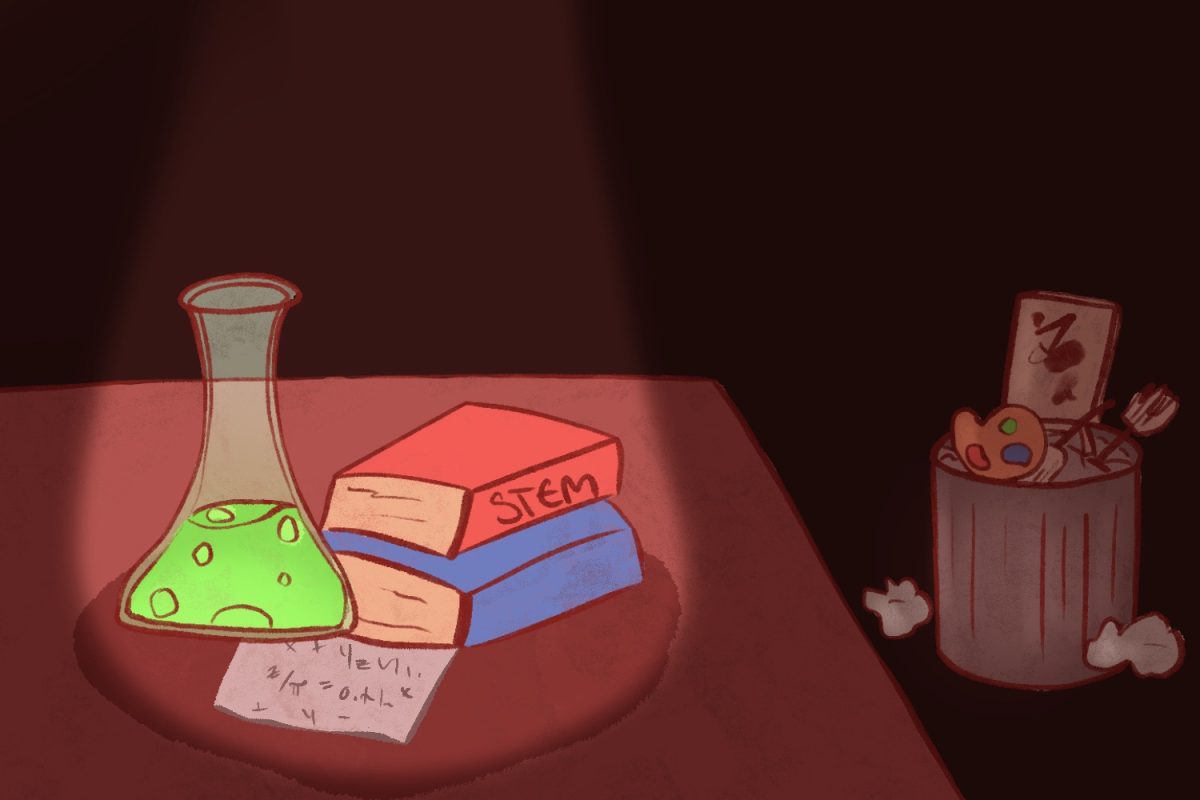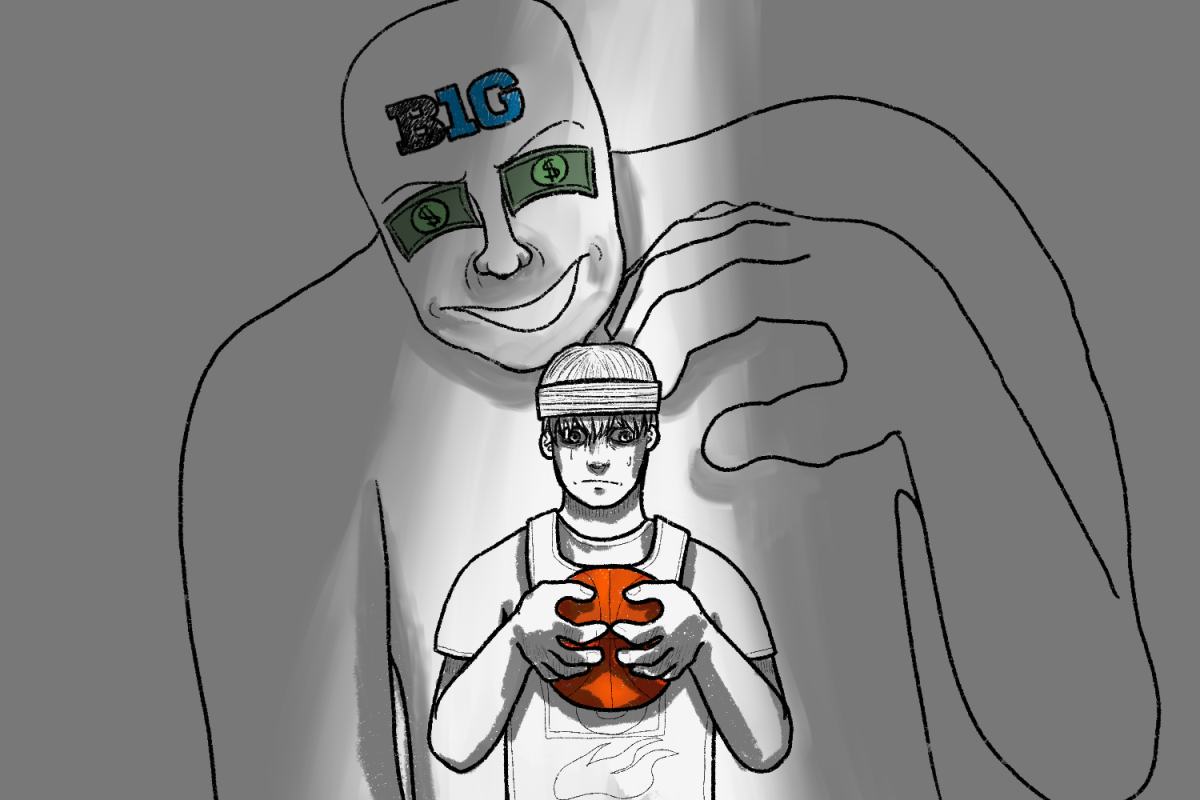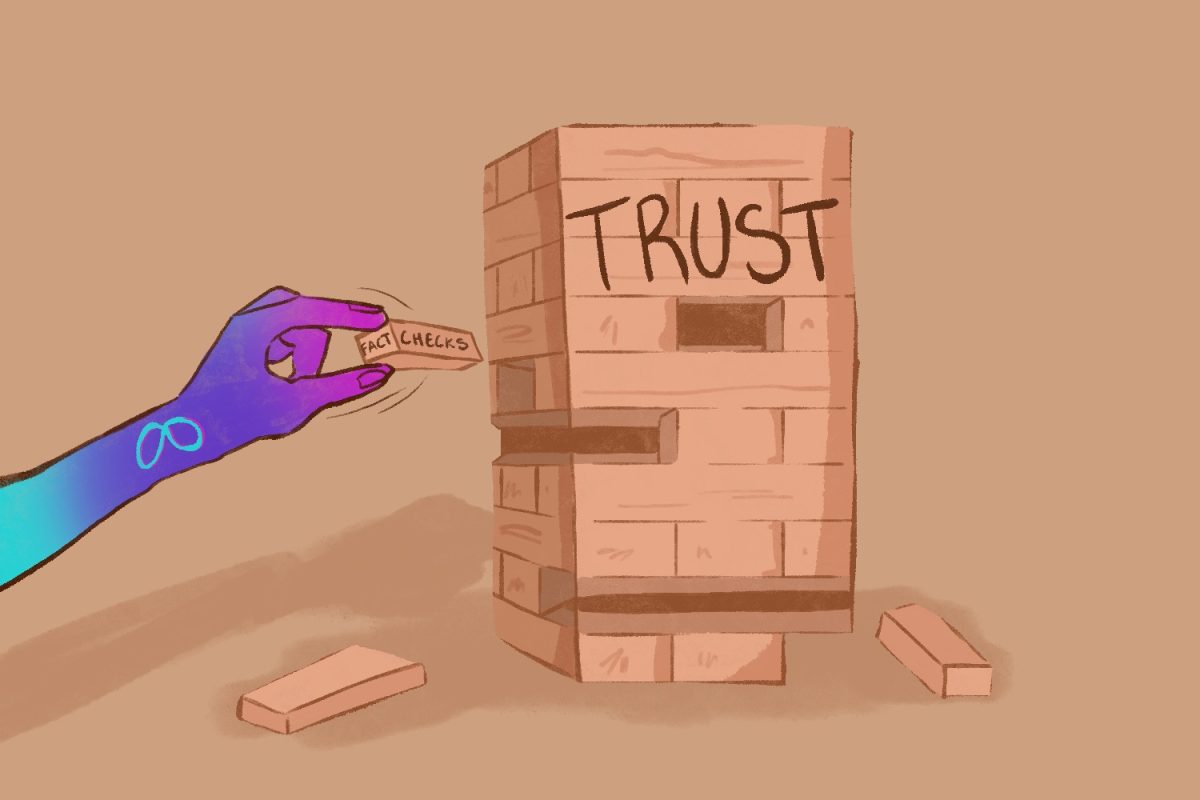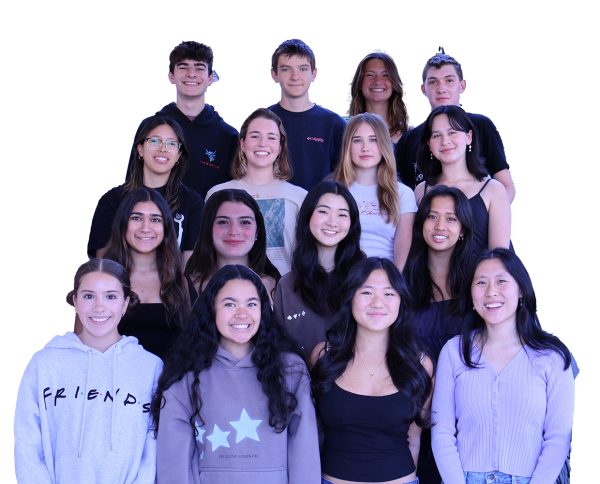A parent beams with joy as their child pursues computer science, a field with promise and countless opportunities. Meanwhile, another parent questions their children’s interest in literature, doubting the possibility of any future career.
These two reactions reveal a larger trend in educational and career fields: Science, Technology, Engineering, and Mathematics (STEM) are prioritized at the expense of humanities and social sciences.
This overvaluing of STEM results in the neglect of other necessary fields like English and history. As a result, essential skills like creativity and critical thinking are underdeveloped, contributing to a disparity between STEM and the humanities.
The effects of this imbalance are evident in educational funding, career opportunities, and cultural values, all of which continue to push students away from the humanities and social sciences.
One of the most significant deterrents to careers in the humanities and social sciences is salary and job opportunities.
According to the U.S. National Science Foundation, across all levels of education, STEM workers make a median salary of $55,000, while their non-STEM counterparts earn $33,000. This means that STEM workers earn approximately 66% more than those not working in STEM.
This wage gap directly reflects society’s priorities, signaling to students and job seekers that STEM careers are the only path to financial stability. As a result, industries that rely on humanities and social sciences, such as education, business, and journalism, are understaffed and underfunded.
If this continues, the workforce will become unbalanced, with technological and scientific advancements overshadowing the essential contributions of the humanities and social sciences.
Furthermore, along with lower salaries, the humanities are consistently underfunded on a federal level for research and development compared to STEM fields.
In 2019, federal funding covered only 9% of all research and development spending in the humanities, while education and STEM fields received between 33% and 67% of their funding from federal support, according to the American Academy of Arts and Sciences.
Not only do humanities careers tend to be lower-paying, but the field itself suffers from a lack of investment in research and development. With significantly less funding than STEM, humanities programs struggle to expand resources, conduct research, and support scholars.
However, this lack of funding and lower salaries in humanities are not the result of coincidental economic factors — they are reflective of deeper cultural values prioritizing technical skills over intellectual and creative capabilities.
These same values encourage students interested in philosophy and literature to pursue careers in engineering and medicine, stifling their true interests and preventing them from following their passions.
The systemic bias towards STEM over the humanities limits society to a narrow view of progress, focusing only on technological and scientific advancement and overlooking the equally important contributions of creativity and cultural identity.
Until society realizes that the humanities and social sciences are equally crucial to our development, we will continue to undervalue the skills that drive innovation and growth.
*This editorial reflects the views of the Editorial Board and was written by Emi Pajarillo. The Editorial Board voted 7 in agreement, 5 somewhat in agreement, and 1 refrained from voting.













